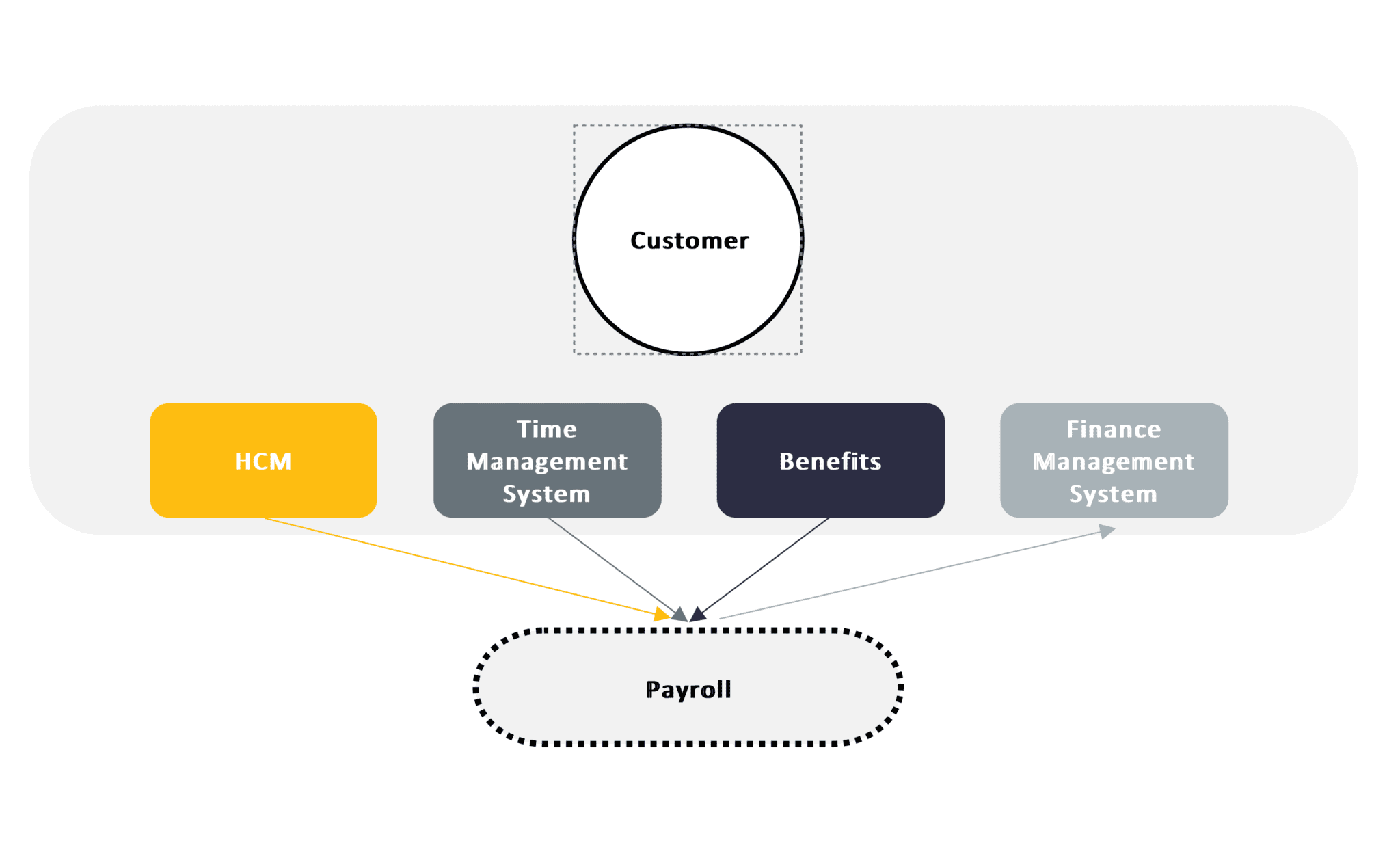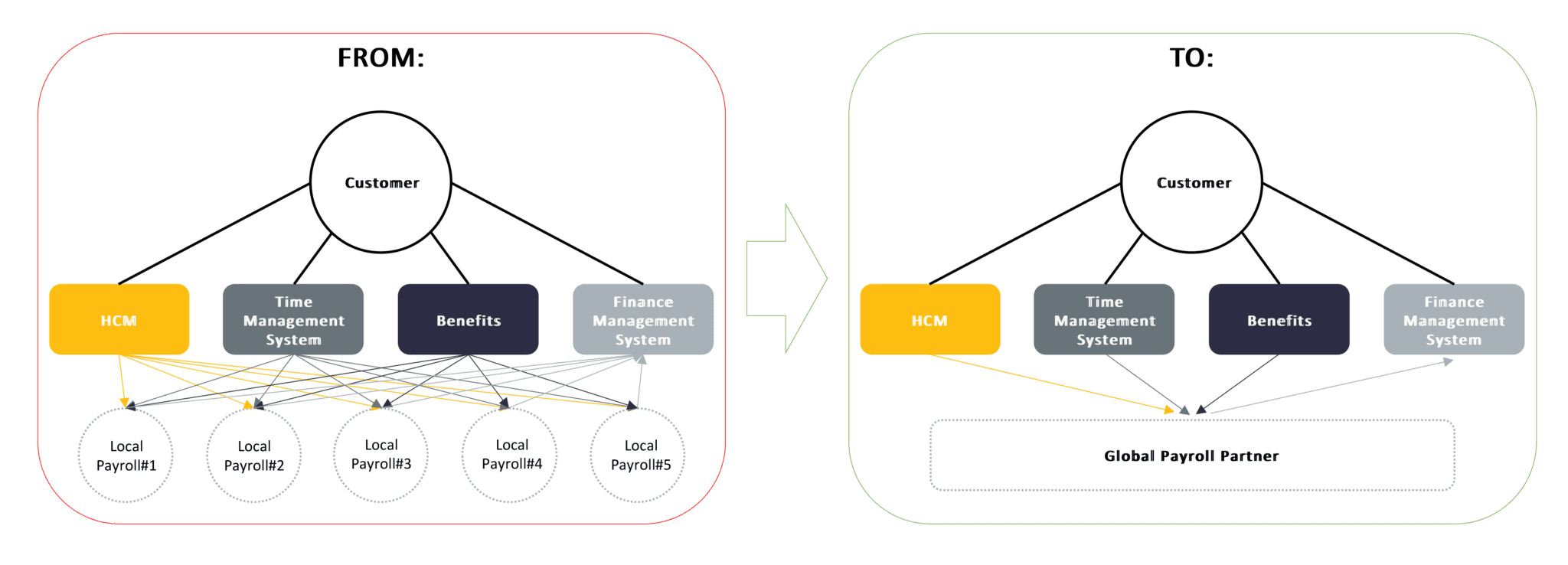Most companies build their global payroll strategy on the following 2 goals
- reduce overall payroll vendor cost
- optimize the payroll process.
While these are valuable objectives and offer excellent measurements of success, the challenge is that the enormity of the project makes it difficult to achieve these goals within a tight deadline. Why? Because the company relies too heavily on the chosen global payroll partner ultimately to deliver these goals. From experience, I know that most organizations fail to understand that, to realize these goals, they must start by first assessing their current situation and what is required to achieve their future end-state. They must have a very clear and grounded view of where the company is and where it wants to be at from an internal operational excellence point of view.
Are you ready for a change?
As part of a global payroll strategy, the company must first assess if they are ready to embark on a massive transformational journey. To ensure success, companies must begin with performing internal due diligence on all current systems and processes and establish if internal change management is required before even engaging a new global payroll partner.
What does this mean?
Let’s look at some visuals. In this first one, we can see all the many business functions that typically feed into payroll: the HCM, time management system, benefits, and finance system.

Then as part of a global payroll strategy, a company is trying to get a complex, multiparty process to a streamlined, efficient one:

Obstacles to a smooth transition
During the transformational journey to a new global payroll partner, the company is often introduced to various data and process requirements of this new global payroll partner, which is needed to provide (compliant) services and achieve the company’s expectations. And is unable to deliver on them because they do not have the internal systems and/or processes in place.
Some common examples:
- HCM
- Situation: incomplete or absent (country-specific) employer and employee information.
- Action: if not available, the company must scramble to develop a data collection process and ensure the HCM can capture the data.
- Outcome: data automation objectives are delayed. A manual workaround must be enabled to ensure the payroll partner receives the necessary data and can process payroll.
- Time Management System/Benefits
- Situation: variable data is not incorporated in HCM and remains standalone. Separate mapping needs to be performed to ensure data flows correctly to payroll.
- Action: last-minute assessment must be performed on how variable data can either be captured in HCM or how the system can export/report the data following payroll partner requirements.
- Outcome: data automation objectives from the source system to payroll partner are delayed. Manual workarounds must be enabled to ensure the payroll partner receives the necessary data and can process payroll.
- Finance Management System
- Situation: within most companies, payroll offers as a service to its Finance/Accounting team:
- periodical payroll GL-files
- Balance Sheet Review prep analysis
- Month End Close / Profit & Loss review prep analysis
- Financial Planning and Analytics (FP&A) services
- Action: these post-payroll process services are often overlooked during the selection of a global payroll partner. The company's payroll team(s) will have to continue with their active (manual) processes to support these services.
- Outcome: post-payroll process optimization opportunities are missed.
These are very high-level examples. There are many more once you start to delve deeper into how a company organizes its payroll processing, and of course, even more so when you start looking at situations in different countries. However, what is important here is that these are pretty common problems, I see regularly see across industries and locations. It highlights that companies embark on their global payroll transformation journey all too often without completing a thorough evaluation of internal processes.
That is why my advice to anyone considering moving to a new global payroll provider should first look inwards and assess the internal landscape. For more guidance on this, please read Building your Business Case for Global Payroll, where we offer some tips and guidance when planning your payroll transformation.


